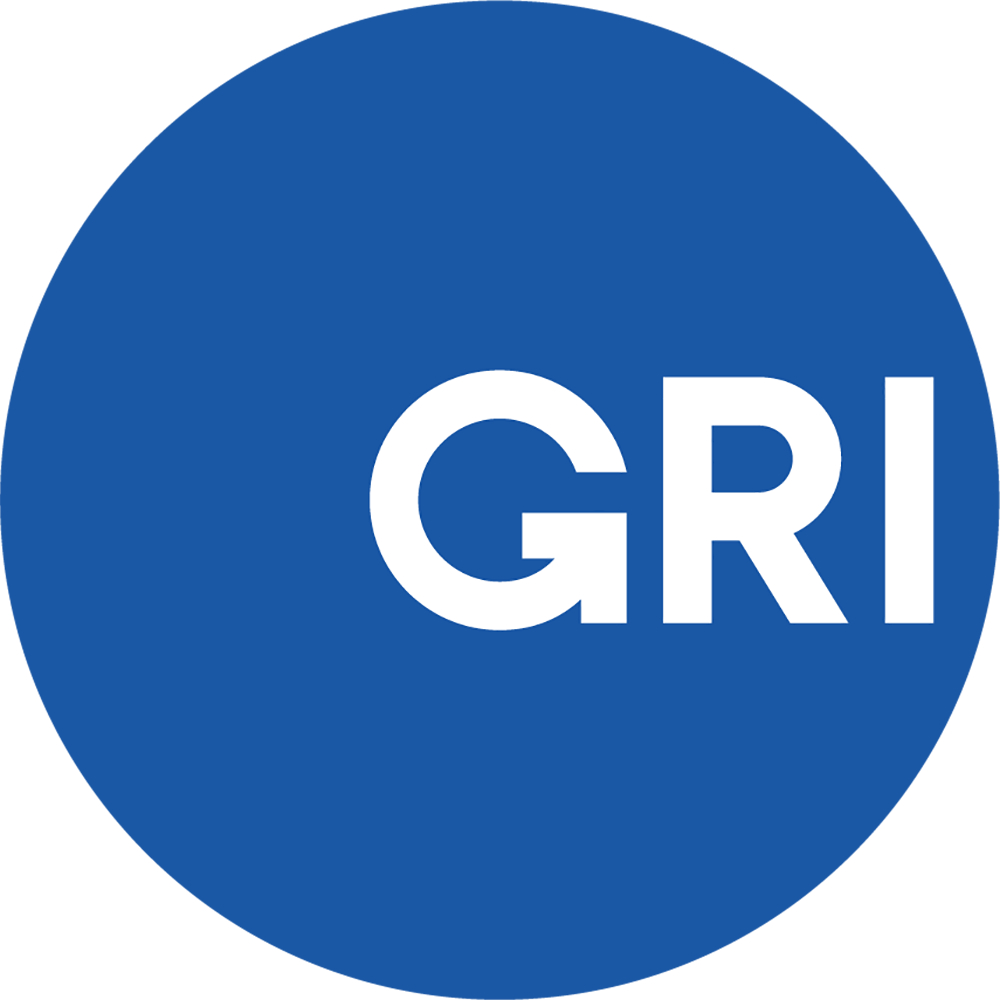Benchmarking Reporting: GRI’s New Service Reveals Trends and Opportunities

There is a lot to consider when you are preparing for your next reporting cycle: you might be structuring your stakeholder engagement process, looking at your materiality assessment and engaging people throughout the organization. It’s also valuable to understand how your reporting compares to what your peers are doing in your industry, country and region.
GRI’s Benchmarking Service does exactly that: it shows an organization’s disclosures on five material topics compared to the reports of up to 10 peers, providing an insight into trends and opportunities. Not only does this kind of insight help shape the report itself, but it also serves as a tool for engaging leadership and supporting the organization’s investment in reporting.
For GRI GOLD Community member Bank Audi, this was one of the main reasons for using the Benchmarking Service. Hasmig Dantziguian Khoury, Head of Corporate Social Responsibility (CSR) at the Bank, explained: “Nowadays, measuring the ROI of our reporting and CSR practice is generally quite complicated. We were recently questioned by our Board and its Executive Committee on the impact of our practice and reporting and other than local testimonials, we did not have much to gauge with. The Benchmarking Service seemed to be a numeric platform to help us assess and benchmark ourselves.”
Headquartered in Lebanon, Bank Audi currently operates in 10 other countries across Europe, Middle East and North Africa. The bank has been reporting its sustainability impacts since 2011. Over the years, the report has evolved, going from covering a wide scope of activities to focusing increasingly on following international guidance: ISO 26000, the GRI G4 Guidelines and Financial Services Sector Disclosures, and the UN Global Compact. Last year, Bank Audi made a pledge to five of the Sustainable Development Goals and used the GRI Standards in their most recent report.
“In brief, we have grown from a ‘feel-good’ report to a full-fledged report, engaging multiple stakeholders and detailed materiality within six years,” Khoury added.
With the information in the Benchmarking report, the Bank could identify where they are at today, confirm that they are on the right track and highlight where their future efforts need to be. “The Benchmarking report helped us identify the most similar reports within the selected region and sector to enable us to monitor these peers more closely, and benchmark ourselves accordingly, Khoury said. “In some areas, it assured us that we were doing the job right and in others, it showed us the gaps we need to work on in the near future.”
The GRI Benchmarking Service provides insights on reporting trends from more than 4,000 GRI G4 reports from around the world. The organization requesting the service selects a number of peers from the GRI Sustainability Disclosure Database that have a G4 report available, and chooses five material topics for benchmarking. GRI’s analysis then looks at the reporting claims made in the content indexes of the G4 reports to uncover what is being reported, revealing trends on reported topics and disclosures in the country, region or sector.
“We heard from organizations that they wanted to know what their peers were reporting, and whether their own reporting was in line with the trends in their sector or region,” said Shivani Rajpal, Head of Services at GRI. “With the Benchmarking Service, we can tap into the data from thousands of reports in the GRI Sustainability Disclosure Database to give organizations valuable information that they can use to shape their strategy and reporting.”
This is certainly the case for Bank Audi: they plan to fine-tune their material topics and focus more on management approach across the disclosures. Khoury explained: “We will use the data in the next reporting cycle, which will be launched on 31 January 2018, where we will further expand our disclosures as relevant to benchmark across the industry.”
“It is always beneficial to measure an institution’s efforts and even more so when the effort is voluntary and in good-will’. The GRI Benchmarking Service is a useful tool for upper management and to present to the CFO; we highly recommend it.”
To find out what your peers are reporting on and stay ahead of the game: visit the GRI Benchmarking Service webpage.

